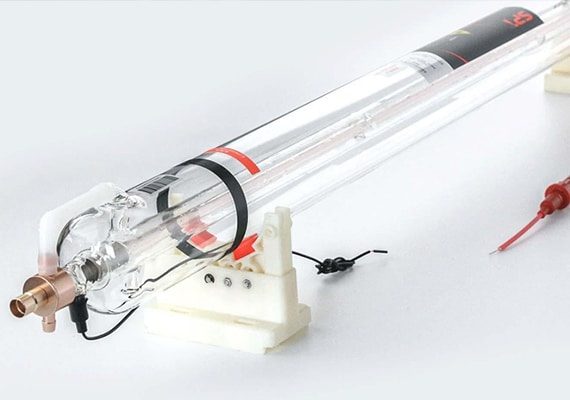
The machine is equipped with a powerful CO2 laser tube, which can provide precise and efficient cutting and engraving performance on various materials, including acrylic, wood, leather, fabric, glass, and so on. A high-powered laser tube ensures clean, precise cuts and smooth edges, while also enabling detailed engraving, making it suitable for intricate designs and industrial applications.
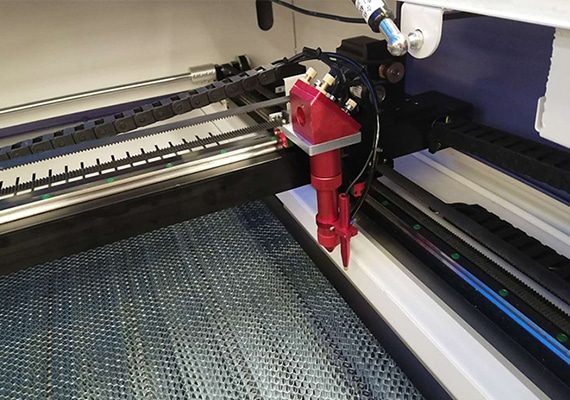
The high-precision CO2 laser head is selected, and it has a red dot positioning function to ensure that the laser beam is precisely aligned with the focusing optics and the nozzle. An accurate laser beam contributes to consistent and uniform cutting results. Additionally, the CO2 laser head is equipped with height control, which ensures consistent focus and compensates for any variations in material thickness or uneven surfaces.
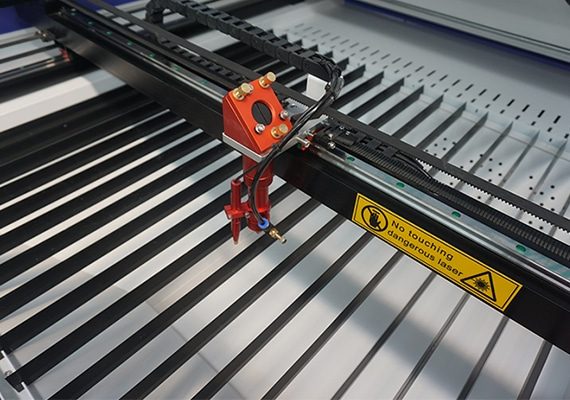
The machine is equipped with an advanced motion system to ensure smooth and accurate movement of the laser head during cutting and engraving. This precise motion control enables clean, sharp cuts while also enabling detailed and intricate engraving on a variety of materials.
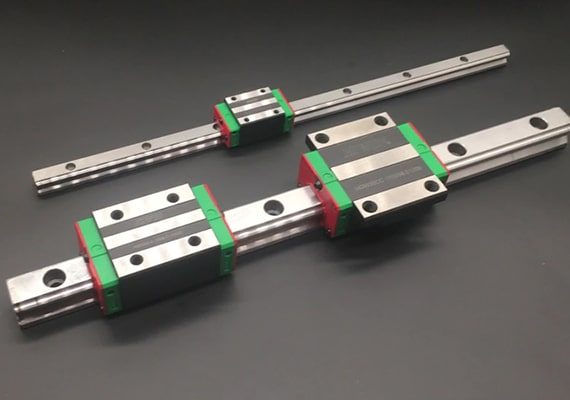
The machine is equipped with a Taiwan HIWIN guide rail with excellent precision. HIWIN is manufactured to tight tolerances, ensuring smooth and stable linear motion. This level of precision contributes to accurate and consistent laser cutting, especially when working with intricate designs and fine details. In addition, HIWIN rails are designed to minimize friction, resulting in smooth and quiet movement.
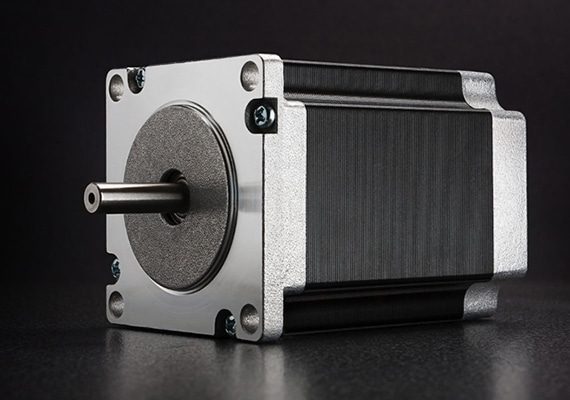
The machine adopts a stepper motor with strong power and reliable performance to ensure the normal operation of the machine. Not only are stepper motors cost-effective, but they also provide precise control of moving parts, ensuring high-quality laser cutting and stable positioning of optical components for reliable, efficient operation.
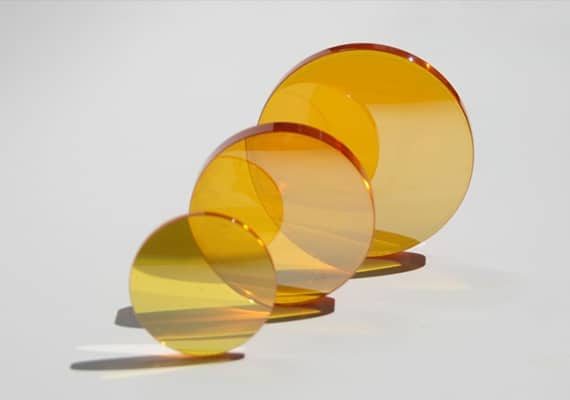
The machine is equipped with high-quality optics capable of producing a narrower, more stable laser beam, ensuring precise cutting paths and cleaner edges even on complex designs and delicate materials. In addition, high-quality optics help reduce beam divergence and losses, thereby improving energy efficiency.
| Model | AKJ-6040 | AKJ-6090 | AKJ-1390 | AKJ-1610 | AKJ-1810 | AKJ-1325 | AKJ-1530 |
|---|---|---|---|---|---|---|---|
| Working Area | 600*400mm | 600*900mm | 1300*900mm | 1600*1000mm | 1800*1000mm | 1300*2500mm | 1500*3000mm |
| Laser Type | CO2 Laser | ||||||
| Laser Power | 80-300W | ||||||
| Power Supply | 220V/50HZ, 110V/60HZ | ||||||
| Cutting Speed | 0-20000mm/min | ||||||
| Engraving Speed | 0-40000mm/min | ||||||
| Min Line Width | ≤0.15mm | ||||||
| Position Accuracy | 0.01mm | ||||||
| Repetition Accuracy | 0.02mm | ||||||
| Cooling System | Water Cooling | ||||||
| Laser Power | Cutting Speed | 3mm | 5mm | 8mm | 10mm | 15mm | 20mm |
|---|---|---|---|---|---|---|---|
| 25W | Max Cutting Speed | 10mm/s | 6mm/s | 3mm/s | 2mm/s | / | / |
| Optimal Cutting Speed | 5mm/s | 3mm/s | 1.5mm/s | 1mm/s | / | / | |
| 40W | Max Cutting Speed | 16mm/s | 10mm/s | 5mm/s | 4mm/s | 2mm/s | 1mm/s |
| Optimal Cutting Speed | 8mm/s | 5mm/s | 2.5mm/s | 2mm/s | 1mm/s | 0.5mm/s | |
| 60W | Max Cutting Speed | 24mm/s | 15mm/s | 8mm/s | 6mm/s | 4mm/s | 2mm/s |
| Optimal Cutting Speed | 12mm/s | 7.5mm/s | 4mm/s | 3mm/s | 2mm/s | 1mm/s | |
| 80W | Max Cutting Speed | 32mm/s | 20mm/s | 10mm/s | 8mm/s | 5mm/s | 3mm/s |
| Optimal Cutting Speed | 16mm/s | 10mm/s | 5mm/s | 4mm/s | 2.5mm/s | 1.5mm/s | |
| 100W | Max Cutting Speed | 40mm/s | 25mm/s | 13mm/s | 10mm/s | 6mm/s | 4mm/s |
| Optimal Cutting Speed | 20mm/s | 12.5mm/s | 6.5mm/s | 5mm/s | 3mm/s | 2mm/s | |
| 130W | Max Cutting Speed | 52mm/s | 33mm/s | 17mm/s | 13mm/s | 9mm/s | 5mm/s |
| Optimal Cutting Speed | 26mm/s | 16.5mm/s | 8.5mm/s | 6.5mm/s | 4.5mm/s | 2.5mm/s | |
| 150W | Max Cutting Speed | 60mm/s | 38mm/s | 20mm/s | 15mm/s | 10mm/s | 7mm/s |
| Optimal Cutting Speed | 30mm/s | 19mm/s | 10mm/s | 7.5mm/s | 5mm/s | 3.5mm/s | |
| 180W | Max Cutting Speed | 72mm/s | 45mm/s | 24mm/s | 18mm/s | 12mm/s | 8mm/s |
| Optimal Cutting Speed | 36mm/s | 22.5mm/s | 12mm/s | 9mm/s | 6mm/s | 4mm/s | |
| 200W | Max Cutting Speed | 80mm/s | 50mm/s | 27mm/s | 20mm/s | 13mm/s | 9mm/s |
| Optimal Cutting Speed | 40mm/s | 25mm/s | 13.5mm/s | 10mm/s | 6.5mm/s | 4.5mm/s |
| Features | Laser Cutting | CNC Routing | Waterjet Cutting | Sawing Cutting |
|---|---|---|---|---|
| Cutting Method | Focused Laser Beam | Rotating Cutting Tool | High-Pressure Water Jet | Rotating Saw Blade |
| Precision | High | High | High | Moderate to High |
| Speed | Moderate to Fast | Moderate | Moderate to Fast | Moderate |
| Intricacy | Excellent for Intricate Designs | Excellent for Intricate Designs | Excellent for Intricate Designs | Limited By Blade Width |
| Surface Quality | Generally Smooth | Smooth | Smooth | Rough to Smooth |
| Heat | Can Generate Heat, Potentially Melting or Discoloring Delrin | Minimal Heat | Minimal Heat | Generates Heat |
| Material Thickness | Suitable for Thin to Medium Thicknesses | Suitable for Various Thicknesses | Suitable for Various Thicknesses | Suitable for Various Thicknesses |
| Material Waste | Minimal | Moderate | Minimal | Moderate |
| Setup Complexity | Moderate | Moderate | Moderate | Low to Moderate |
| Safety Concerns | Laser Safety Precautions and Eye Protection Required | Machinery Safety Precautions Required | Machinery Safety Precautions Required | Blade and Machinery Safety Precautions Required |
| Noise Level | Low | Moderate to High | Moderate | Moderate to High |
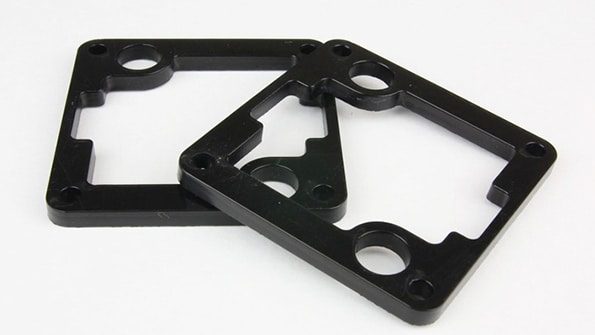
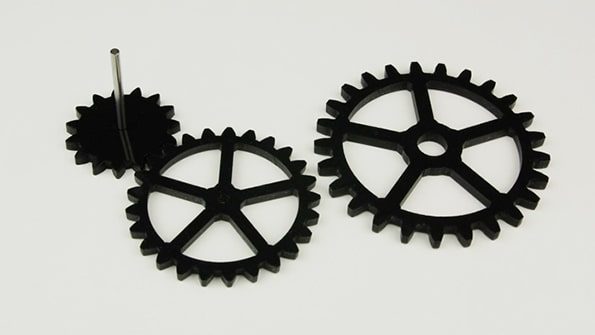
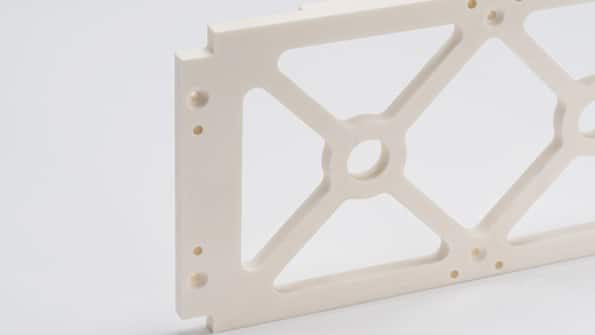
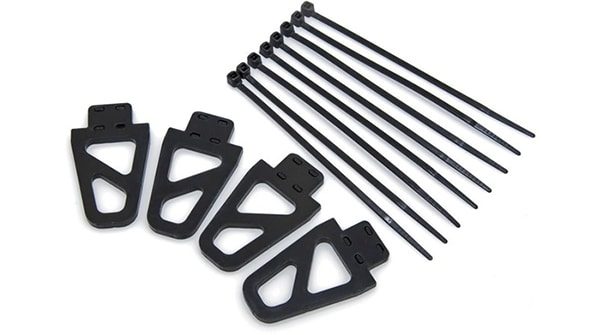
Yes, Delrin can be cut with a laser cutting machine. Delrin is a thermoplastic material known for its excellent mechanical properties, low coefficient of friction, and dimensional stability. Laser cutting is a popular delrin processing method because it enables precise cuts without physical contact, minimizing distortion or material loss.
When Delrin is cut with a laser cutting machine, a focused laser beam heats and vaporizes the material, creating narrow cuts with high precision. When cutting, laser parameters (such as laser power, cutting speed, focal length, etc.) need to be properly adjusted according to the thickness and characteristics of the Delrin sheet to be cut. This is for the cutting process to be efficient and produce clean edges without excessive melting or charring.
As with any laser cutting process, it is critical to follow safety guidelines and ensure proper ventilation to manage fumes generated during cutting. Additionally, testing and parameter adjustments may be required to optimize the cutting process for a particular thickness and design.
The maximum thickness of Delrin that a laser can effectively cut depends on a variety of factors, including laser power, beam quality, and the capabilities of a particular machine. In general, Delrin is a thermoplastic that is relatively easy to cut with a laser due to its low melting point and thermal properties.
CO2 laser generators are commonly used to cut plastics such as Delrin. Generally, you can achieve clean cuts on Delrin up to 25-30mm thick. Thicknesses beyond this range may result in reduced cut quality due to increased heat absorption and longer processing times.
These thickness ranges are approximate and actual cutting energy may vary depending on the specific laser cutting machine, laser power, quality of optics, and desired cutting speed. Additionally, thicker materials may require slower cutting speeds and may result in a more pronounced heat-affected zone along the cut edge.
It is recommended to consult the laser cutting machine manufacturer or supplier before purchasing for specific advice on cutting Delrin in various thicknesses. Testing samples of Delrin material at different thicknesses can help determine the best settings and limits for the laser-cutting machine you are using.
While laser cutting is a versatile and precise method for working with Delrin materials, there are some drawbacks and challenges associated with laser cutting Delrin. Here are some potential disadvantages:
Despite these potential drawbacks, lasers remain a valuable method for cutting Delrin materials to achieve precision cuts and complex designs. Many of these disadvantages can be mitigated through appropriate machine setup, careful parameter selection, and suitable post-processing techniques. Thoroughly understand the limitations and challenges associated with laser cutting Delrin and work with an experienced professional or expert in laser cutting technology to achieve the best results.
Laser-cutting Delrin is safe if proper precautions are taken. Delrin is a thermoplastic widely used for its high strength, low friction, and excellent dimensional stability. When laser cutting Delrin, there are several important factors to consider to ensure safety:
Laser cutting any material involves some risk, so it is important to fully understand the properties of the material you are working with and follow the safety guidelines provided by the laser cutting machine manufacturer. If you do not have laser cutting experience, consider consulting an expert or professional with experience in laser cutting Delrin.
Maintenance requirements for Delrin laser cutting machines help ensure equipment longevity, accuracy, and safety. Specific maintenance requirements may vary depending on the type of laser cutting machine, manufacturer’s recommendations, and intensity of use. However, here are some general maintenance guidelines for Delrin laser-cutting machines:
Maintenance requirements may vary depending on the specific make and model of the laser cutting machine. Always refer to the manufacturer’s documentation and guidelines for the most accurate and relevant maintenance instructions. Proper maintenance not only prolongs the life of the machine but also helps to improve the quality and safety of the cutting process.
Reducing heat conduction in laser-cut Delrin materials helps prevent excessive melting, charring, and heat-related deformation. Here are some strategies to help minimize heat transfer during laser cutting:
Achieving the proper balance between cutting speed, laser power, and other parameters may take some trial and error. It is possible to thoroughly test your approach on scrap material before working on your final project. Additionally, consulting an expert or laser-cutting machine manufacturer can provide valuable insight into achieving the best results for laser-cutting Delrin while minimizing heat-related issues.
When laser cutting Delrin (also known as POM or acetal), it’s essential to take several safety precautions to protect yourself and others, as well as to prevent damage to equipment and ensure the quality of the cut. Here are some key precautions to consider:
By following these safety precautions, you can minimize the risks associated with laser cutting Delrin and create a safe working environment for yourself and others involved in the process.
Laser-cutting Delrin offers high precision and versatility, making it suitable for a wide range of complex designs. However, as with any manufacturing process, there are practical limits to the level of sophistication that can be achieved. Here are some factors to consider when evaluating the complexity of a laser-cut Delrin design:
While laser cutting Delrin offers great flexibility in design complexity, these factors must be considered and work within practical limitations to ensure a successful outcome. Working with an experienced laser-cutting professional and conducting thorough testing and prototyping can help optimize your design for laser-cutting Delrin while achieving the desired level of complexity.
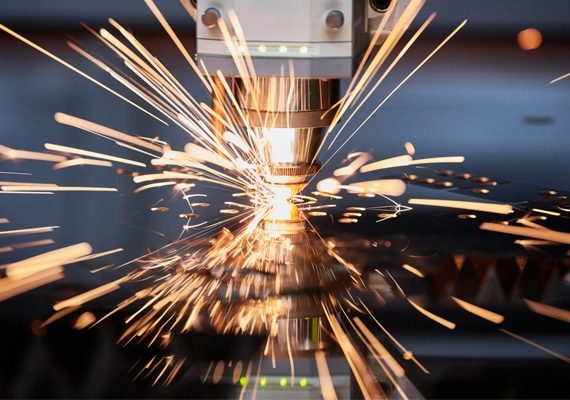
With years of experience in laser cutting technology, we have honed our expertise to provide cutting-edge solutions tailored to your unique needs. Our team of skilled engineers and technicians has the in-depth knowledge to ensure you get the perfect laser-cutting machine for your specific application.
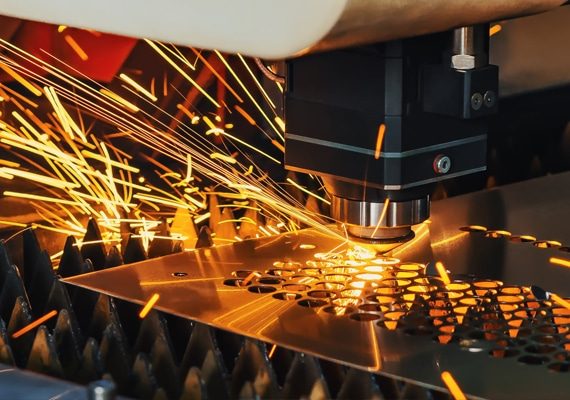
At AccTek Laser, we build strong relationships with our clients. Our dedicated support team provides prompt assistance and after-sales service to keep your laser-cutting machine running at its best for years to come. Your satisfaction is our top priority and we will help you every step of the way.
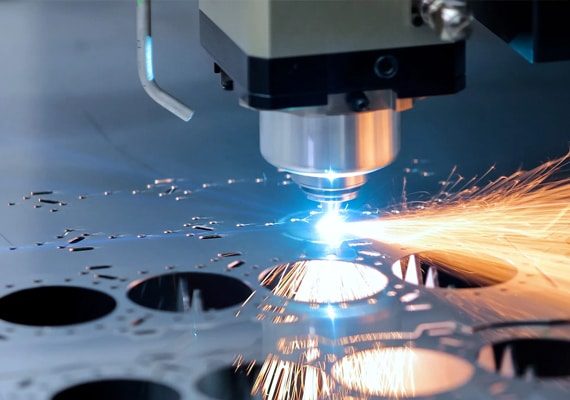
Quality is the cornerstone of our manufacturing process. Every laser-cutting machine is rigorously tested and adheres to strict quality control standards, ensuring that the product you receive meets the highest industry benchmarks. Our dedication to quality ensures you get a machine that performs consistently and delivers perfect cuts every time.
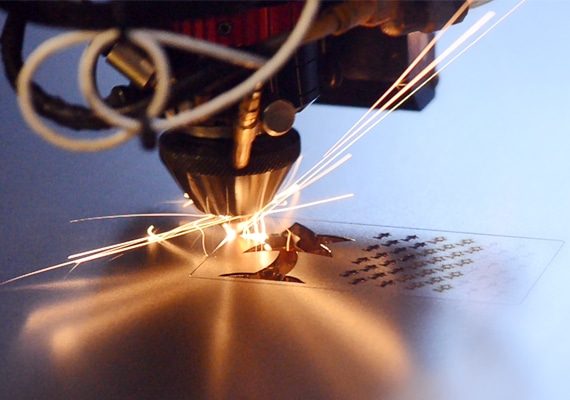
We understand the importance of cost efficiency in today’s competitive landscape. Our laser-cutting machines can provide excellent value for your investment, minimizing downtime and reducing operating costs while maximizing productivity and efficiency.
4 reviews for Delrin Laser Cutting Machine
Kumari –
Seamless integration into our workflow. Our laser machine is intuitive, and efficient, and empowers us to tackle complex projects with ease.
Charlotte –
Exceptional cutting precision from CO2 laser cutter. It consistently delivers clean, precise cuts, elevating the quality of our products.
Pim –
Reliable and efficient performance from laser cutter. It’s a reliable asset that ensures consistent quality in our manufacturing processes.
Noah –
Impressed by the versatility of our laser cutting machine. From intricate designs to bulk orders, it handles tasks effortlessly.